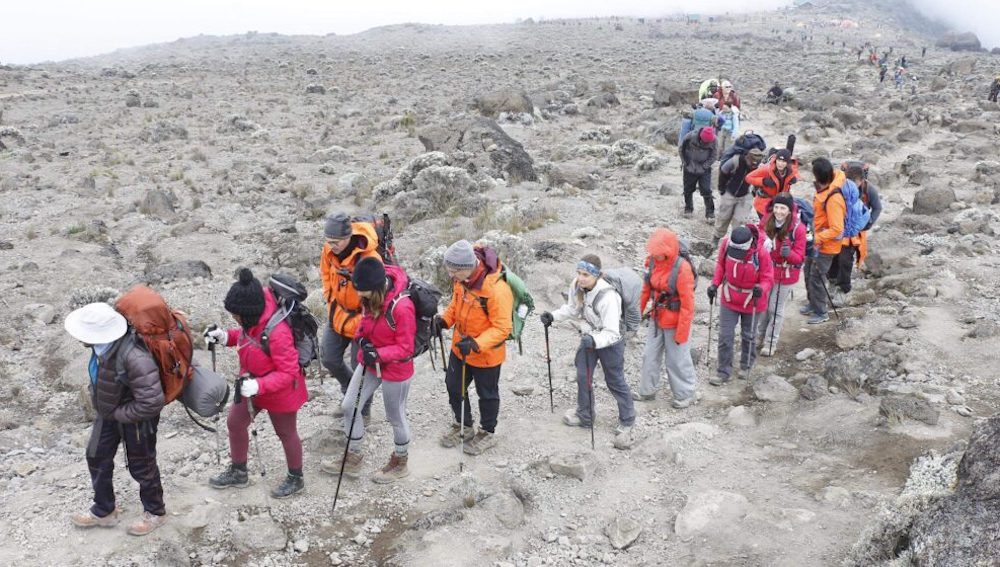Everyone knows that Mount Kilimanjaro is the highest mountain in Africa. But did you know that a group of local tribesmen reside permanently on the mountain?
There are many more interesting facts about Mount Kilimanjaro. And today, we’ll be happy to share as much as we can with you, so you can become familiar with the place.
Keep reading to get up and close with the ‘Roof of Africa’.
-
It is the tallest mountain in Africa
At 5,895 meters, Mount Kilimanjaro boasts the greatest height among all the mountains in Africa. It towers proudly over the plains and grasslands of Tanzania, and is at least 2,000 feet higher than its closest competitor, Mount Kenya.
-
Mount Kilimanjaro is the highest freestanding mountain in the world
Mount Kilimanjaro is the tallest freestanding mountain in the world. A freestanding mountain is one without any nearby mountain of equal height.
It exists because erosion has washed away the other rocks on the surrounding landscape. This is why the terrain around such mountains is usually flat or slightly sloped.
Freestanding mountains like Mount Kilimanjaro are usually composed of hard, erosion-resistant material.
-
It is one of the Seven Summits
The Seven Summits are the tallest mountains across each continent of the world. By virtue of its height, which is the topmost of all mountains in Africa, Mount Kilimanjaro belongs to this group. The other six mountains in the ‘Seven Summits’ group are as follows:
- Mount Everest in Asia
- Mount Aconcagua in South America
- Mount McKinley in North America
- Mount Kosciuszko in Australia
- Mount Elbrus in Europe
- Vinson Massif in Antarctica
-
A group of Swahilis called the mountain Kilimanjaro
After visiting Tanzania, a German explorer and linguist named Johann Ludwig Krapf stated that the Swahilis along the East African Coast called the mountain Kilimanjaro.
According to him, the name ‘Kilimanjaro’ is derived from a combination of two elements: ‘Kilima’, which means ‘mountain’; and ‘Jaro’, which means ‘caravans’. Apparently, the mountain got this name because people could see caravans from afar while standing on the hill.
Other scholars speculate that the suffix in Kilimanjaro is actually ‘Njaro’, meaning ‘Whiteness’— an appreciation of the shining ice cap on the mountain.
-
Mount Kilimanjaro is the permanent home of the Chagga people
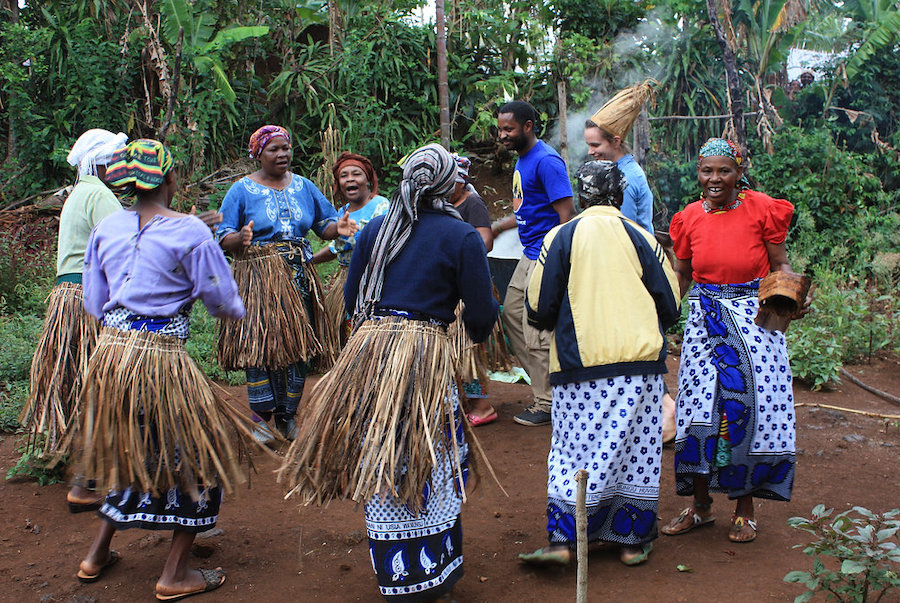 A large group of people belonging to the Chagga tribe have resided on the mountain for thousands of years. This tribe was once known for performing elaborate rituals, ranging from puberty rituals, circumcision, bride fattening, and burial rites. But, due to their constant contact with German missionaries, they have since eliminated that part of their culture.
A large group of people belonging to the Chagga tribe have resided on the mountain for thousands of years. This tribe was once known for performing elaborate rituals, ranging from puberty rituals, circumcision, bride fattening, and burial rites. But, due to their constant contact with German missionaries, they have since eliminated that part of their culture.
Today, the Chagga people live in beehive huts and rely on farming for their livelihood. They’ve developed the otherwise barren landscape into fertile farmland for growing crops like bananas, sweet potatoes, and coffee. They have also invented an organized surface irrigation system to maintain their farmlands.
-
Mount Kilimanjaro has existed for over 500,000 years
No one knows when Mount Kilimanjaro was actually discovered. But what’s certain is that the Chagga-speaking people of Tanzania have lived in the mountain for at least 500,000 years.
Mount Kilimanjaro originated from the eruption of three volcanic cones: Shira, Mawenzi, and Kibo. After a while, Shira and Mawenzi went extinct, leaving Kibo a solid foundation to grow into Kilimanjaro.
-
There is snow on the mountain
Although snow is rare in Africa, you can find it in large amounts on high mountains like Kilimanjaro. This is because such mountains only contain minimal airflow. So, when moist air hits the rocks, the absence of airflow enables the air to rise and cool until it turns into snow.
The best time to find snow on the peak of Mount Kilimanjaro is during the rainy seasons (March – June and November – December). Rainfall deposits enough water for the mountain to convert into snow.
-
Mount Kilimanjaro is only dormant, not extinct
Although Mount Kilimanjaro has not erupted in a long time, it could experience an upsurge in the future. The last eruption took place only 200 years ago, and it dispersed tiny volcanic cones and vapor across the peak.
-
There are nine different routes you can take to the summit
There are nine different routes you can take when hiking Mount Kilimanjaro: Marangu, Machame, Lemosho, Shira, Northern Circuit, Rongai, Mweka, Umbwe, and Western Breach.
The Marangu route is the oldest, and the only one with permanent accommodation for trekkers. There are many huts on this route where you can stop for the night.
However, it has a low success rate.
The Machame route is one of the best for first-time hikers at Mount Kilimanjaro. This is because the majority of the slopes on this route maintain a similar altitude level, thus providing enough time for climbers to adapt to the hike.
The Lemosho route is the most beautiful of all the routes to Mount Kilimanjaro. The trails on this route are lined with a stunning rainforest, which boasts tons of wildlife like small lizards, blue monkeys, and colobus monkeys.
The Shira route is another old route that bears a close resemblance to the Lemosho route. The difference between them is that the Shira route has a relatively high altitude, especially at the beginning of the trail.
The starting point of the Shira route is the Morum Barrier, and it is located west of the Uhuru Peak.
The Northern Circuit Route is the longest route to the mountain. Hiking Mount Kilimanjaro through this trail lasts an average of 9 days— enough time for trekkers to acclimatize to the high altitudes of the mountain.
This must be why almost all the people who use the Northern Circuit Route reach the summit of Kilimanjaro.
Compared to many of the Kilimanjaro routes, the Rongai route is less crowded. Only about 10% of yearly climbers take this route. It starts at the Kenyan border and moves downwards towards the peak of the mountain.
The Mweka route is mostly only used for descending because of its extremely steep terrain.
However, some pro hikers and athletes use the route for climbing up the mountain. If you decide to take the Mweka route while heading down the summit, you should visit Mweka Huts, a mobile tent camp, to pass the night.
The Umbwe route is the shortest route to Kilimanjaro. Despite the low hiking duration, this route has the lowest summit success rate. The success rate of the Umbwe route is so low because the landscape doesn’t encourage gradual acclimatization.
The Western Breach route is perfect for experienced hikers who love extreme sports. This route remains the most dangerous because of the melting glaciers that surround the trails.
When these glaciers melt, they release bound-up rocks. Such incidents could lead to a bad fall for climbers taking the route.
-
Hans Meyer and Ludwig Purtscheller were the first people to reach the summit of Mount Kilimanjaro
Hans Meyer was a German explorer and mountaineering expert who had always displayed a keen interest in maps and other geographic literature. While studying at the university, Meyer explored mountains like the Andes in the US and Mount Rwenzori in the Congo.
Ludwig Purtscheller, on the other hand, was a lover of outdoor adventures as a young child. This initial interest birthed a passion for mountaineering in his teenage years. He joined hiking clubs and alpine expeditions. Even when he got hired as a physical education teacher, he still found time to take frequent excursions to the Alps.
In 1887, Hans Meyer made his first attempt to climb Mount Kilimanjaro, aided by Baron Eberstein. But he couldn’t reach the peak because he lacked the necessary equipment and knowledge to conquer the mountain.
Meyer tried hiking the mountain again with a fellow geologist named Oscar Baumann in 1888. Unfortunately, it was another failed attempt. This time, the geologist failed because he was captured by Swahili and Arab rebels, who were undertaking an armed uprising.
Hans Meyer finally made it to the summit on his third attempt, and this success was informed by two main factors. First, his choice to partner with Ludwig Purtscheller, who had recorded several successful ascents in the Alps. The second factor was his decision to climb the mountain with an experienced local guide, Yohani Kinyala Lauwo, who provided excellent advice and support.
-
Karl Egloff made the fastest climb of Mount Kilimanjaro
The current record holder for the fastest climb of Mount Kilimanjaro is a Swiss mountain runner named Karl Egloff. On August 13, 2014, he spent a total of 6 hours 56 minutes to ascend and descend Mount Kilimanjaro. This event remains a feat, seeing as most people spend at least six days to reach the Kilimanjaro summit.
-
Old and young have conquered the mountain
Although hiking on Mount Kilimanjaro requires moderate fitness levels, it is not out of limits for older people. In fact, someone as old as 89 years old—Anne Lorimor— has reached the top of the mountain before.
And she wasn’t the only elder to successfully complete the hike to Uhuru Peak. 86-year-old Angela Vorobera and 88-year-old Fred Distelhorst are other seniors who scaled the journey to the peak.
Even some children, though few, have set foot on the mountain’s summit. At just a bit over six years old, Cobalt Tanner, from New Mexico, climbed Mount Kilimanjaro all the way up to Uhuru Peak.
-
Hiring a guide is compulsory for all climbers of Mount Kilimanjaro
Kilimanjaro National Park stipulates that every climber must be accompanied by a registered guide. If your tour is self-planned, you’ll have to hire a tour guide separately. And finding a good, experienced guide for Kilimanjaro is no easy feat.
But if you work with a tour operator like Climbing Kilimanjaro, you get assigned to a tour guide as part of your tour package.
-
Over 30000 people attempt to hike Mount Kilimanjaro every year
According to National Geographic, at least 30,000 people embark on the hike to the top of the mountain. But only about half of them reach Uhuru Peak.
-
The mountain routes are littered with wildlife
The forests surrounding Mount Kilimanjaro contain about 154 mammal species, ranging from elephants and blue monkeys to aardvarks and tree hyrax.
Unfortunately, many of these animals stay away from humans and hide themselves in the thick bush. So, it might be difficult for you to see them.
That said, some climbers have claimed to see monkeys hanging on nearby trees.
-
Temperatures drop with every climb
As you ascend Mount Kilimanjaro, the temperature will become colder— whether you make the hike in the dry or rainy season. Remember to pack warm clothes, so you’ll be able to withstand the freezing weather.
-
Altitude sickness usually starts after 3000m
Most hikers on Mount Kilimanjaro start experiencing altitude sickness once they’ve climbed above 3000m.
Altitude sickness is a type of acute illness that occurs at high altitudes. The reason for this sickness is that the body hasn’t adjusted to the drastic change in altitude and the drop in oxygen. Symptoms of altitude sickness are headache, breathing difficulties, and vomiting.
The best way to cure altitude sickness is to descend a few steps. If you don’t want to go down, you can sit and rest until the illness subsides.
Climb Mount Kilimanjaro, Don’t Just Learn About It
What’s the fun in just learning about Kilimanjaro? You should visit and climb the mountain to experience it fully.
Visit our contact page to learn more about how to plan your Mount Kilimanjaro tour.
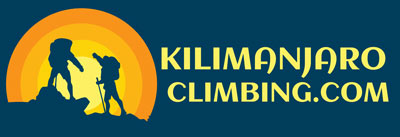
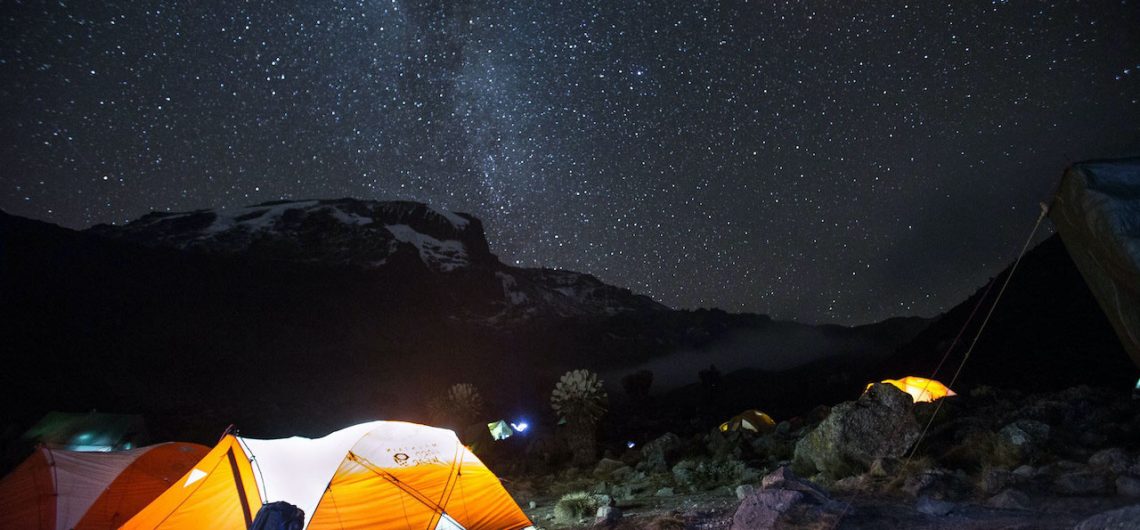
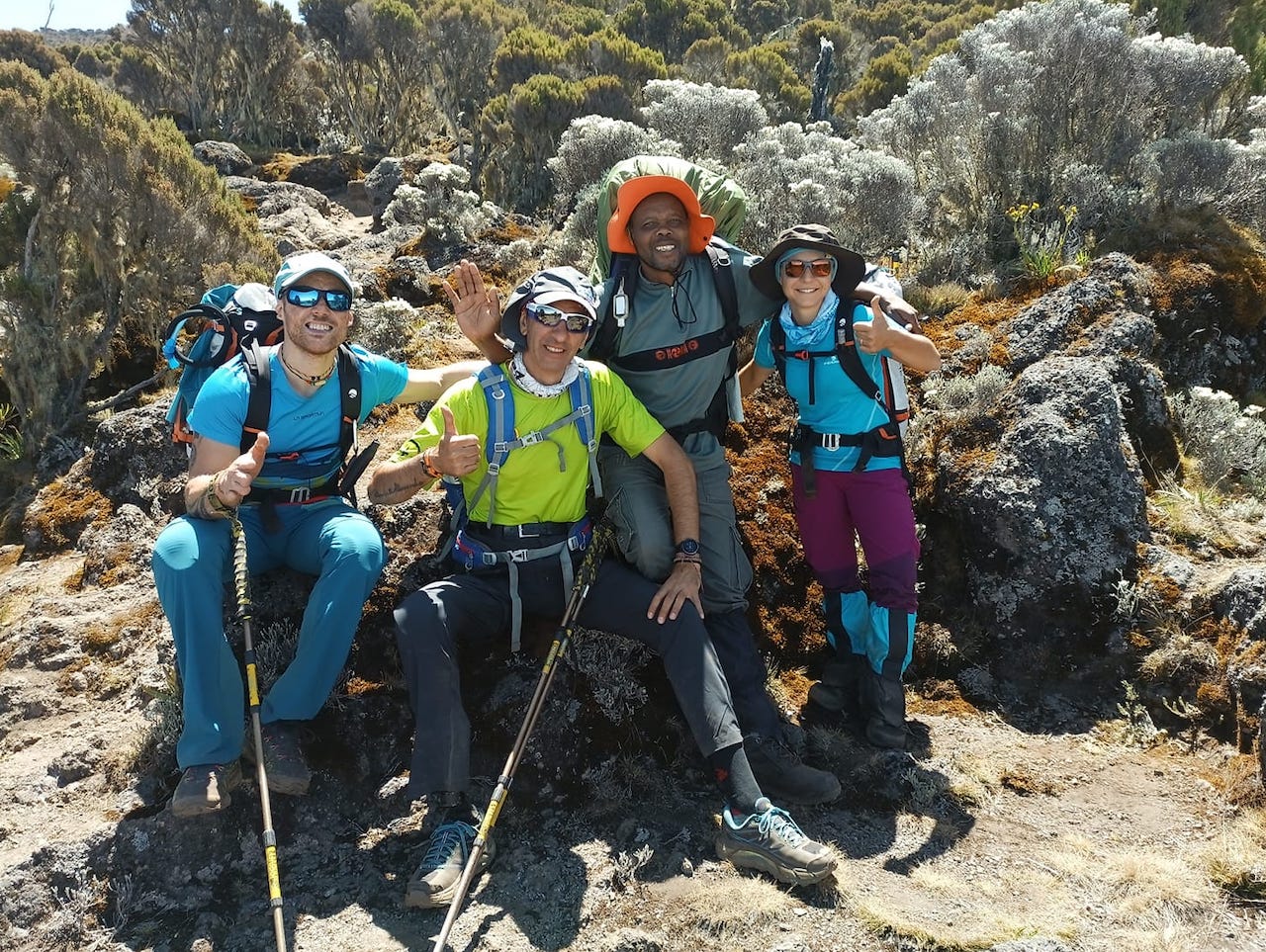
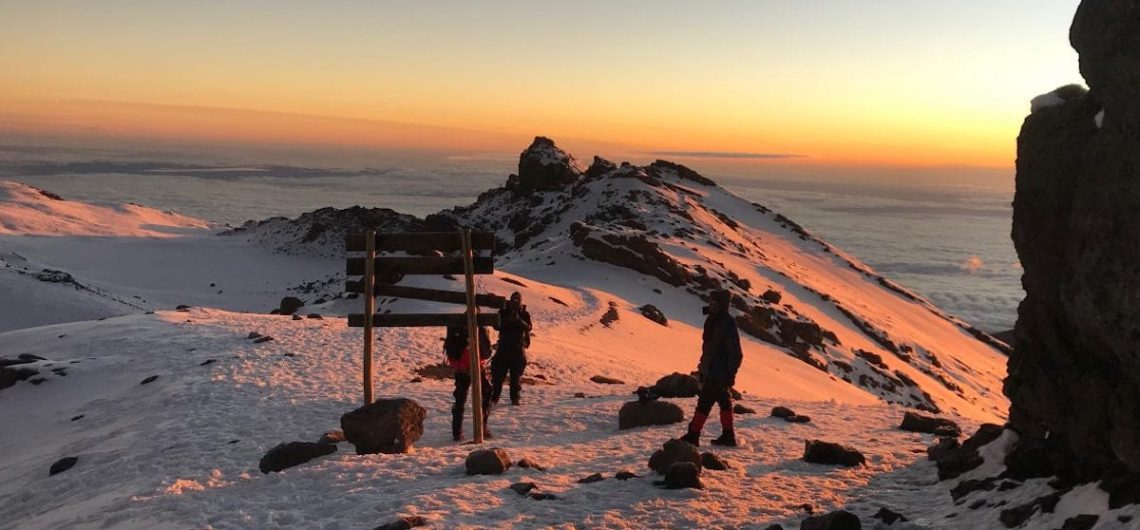
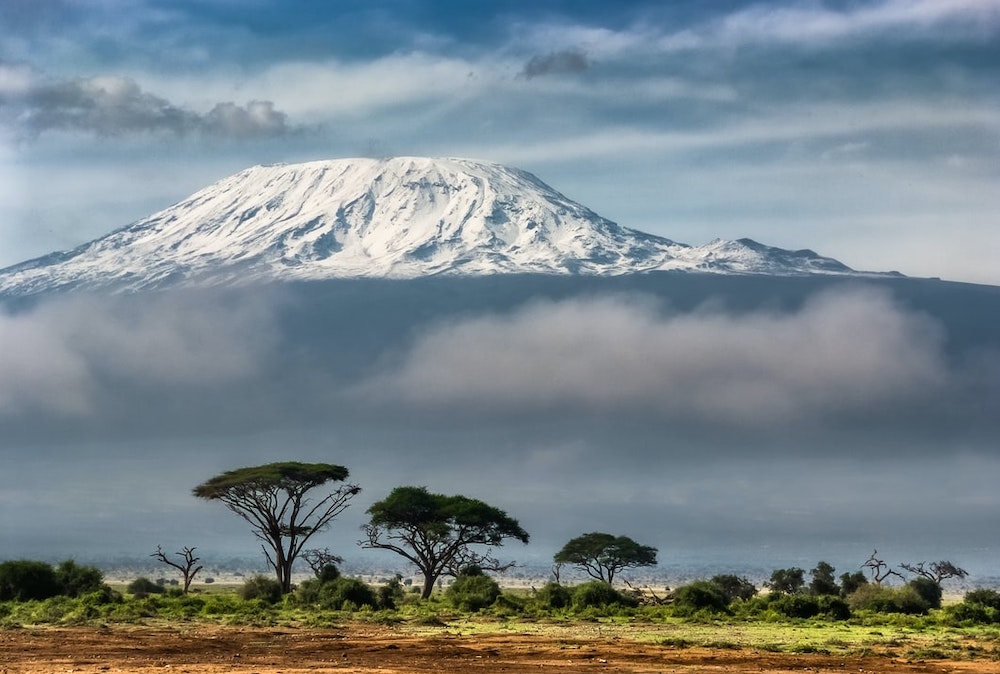
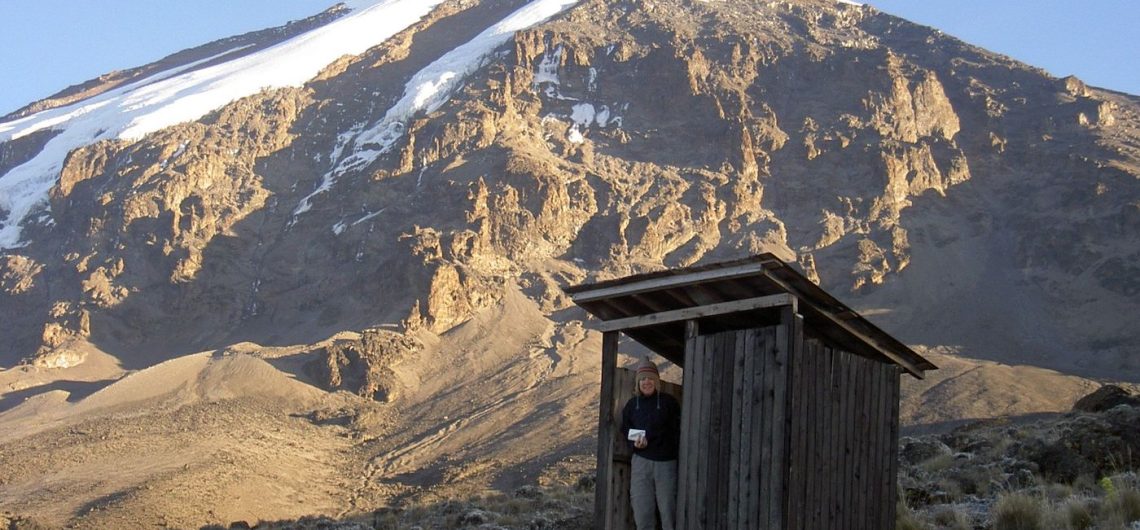
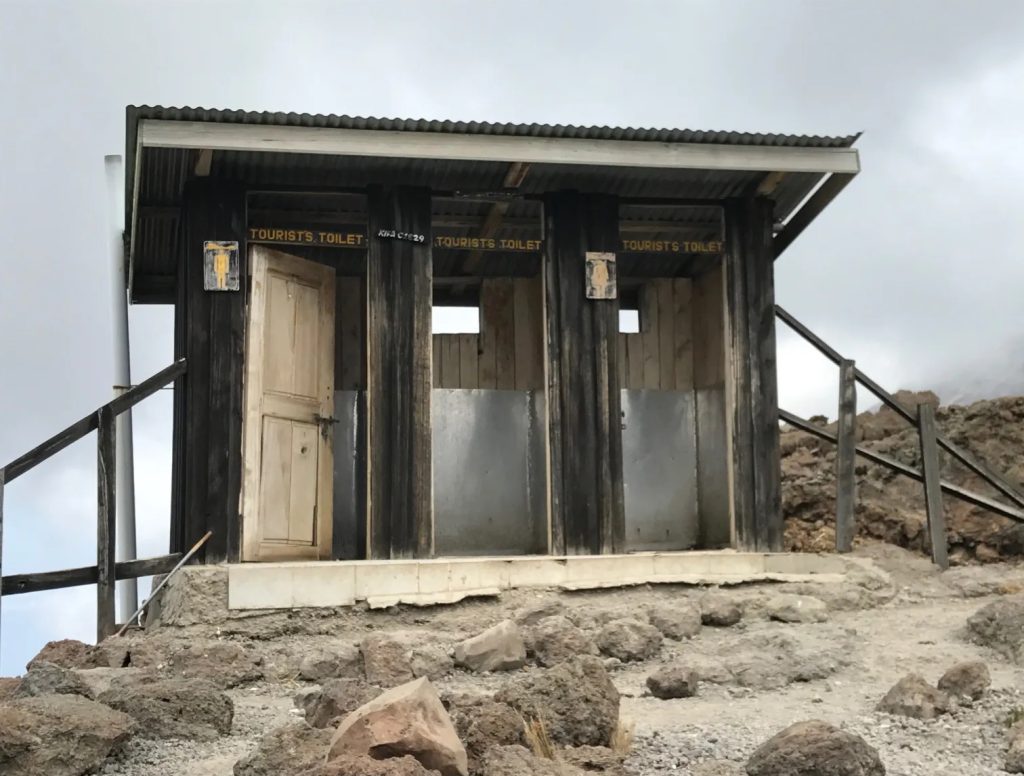
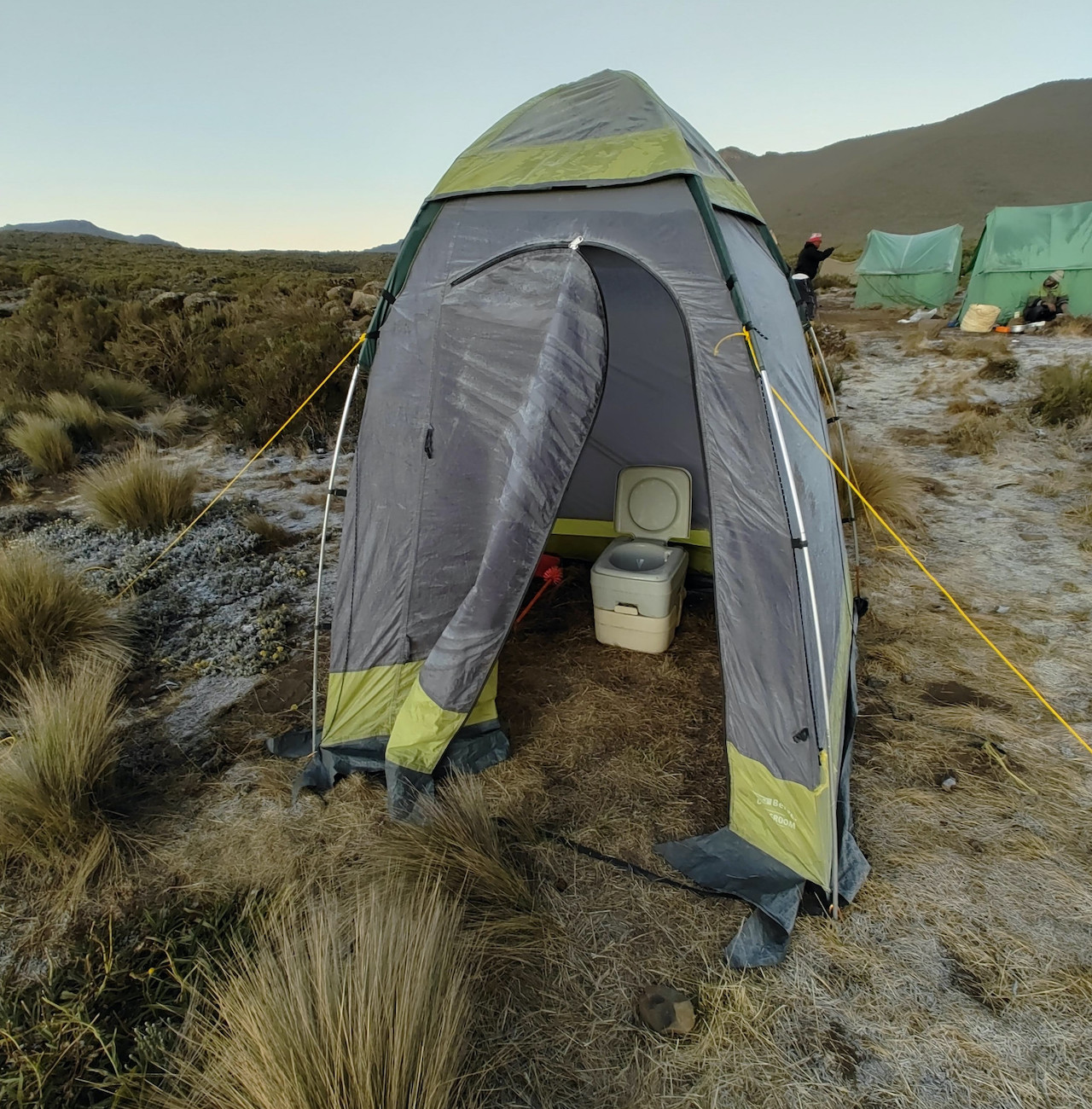
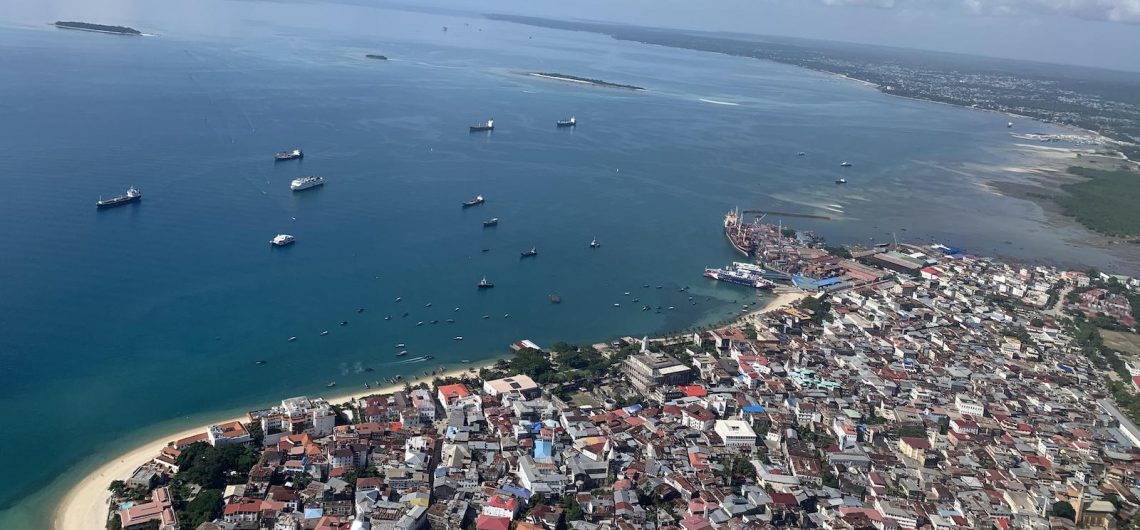
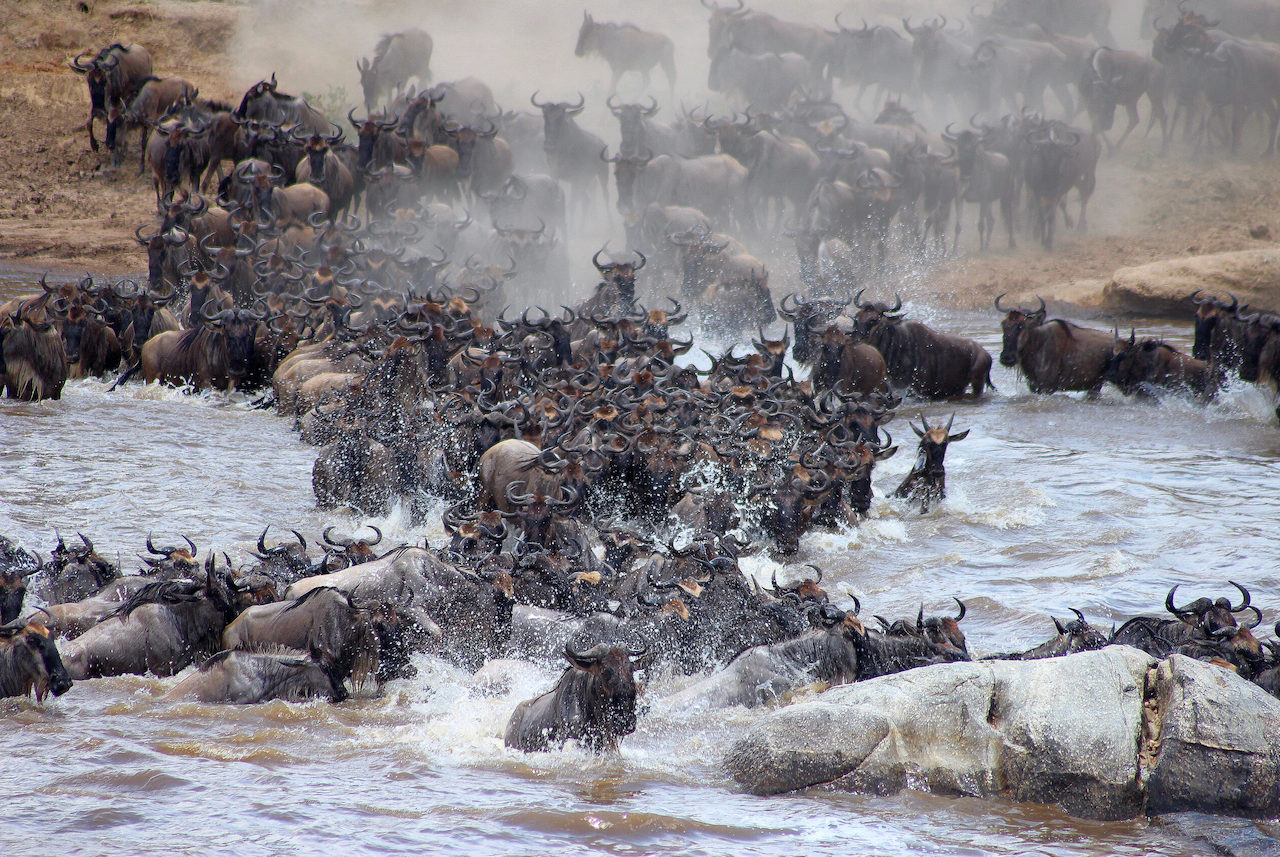
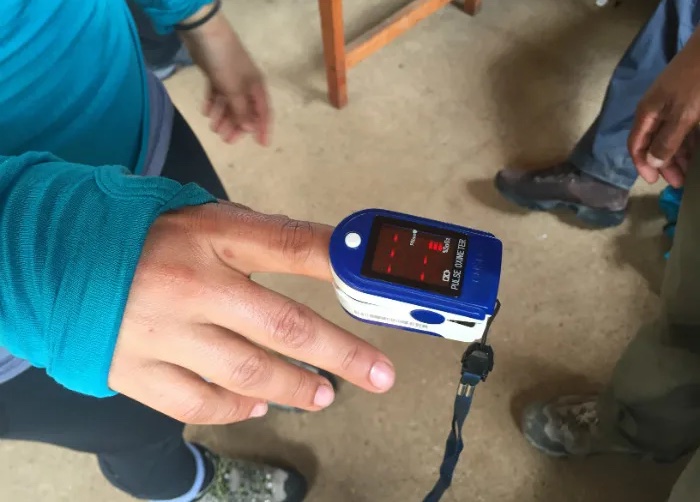 A pulse oximeter is used to test the levels of oxygen in one’s blood during the climb, and it is placed on the climber’s fingertip.
A pulse oximeter is used to test the levels of oxygen in one’s blood during the climb, and it is placed on the climber’s fingertip.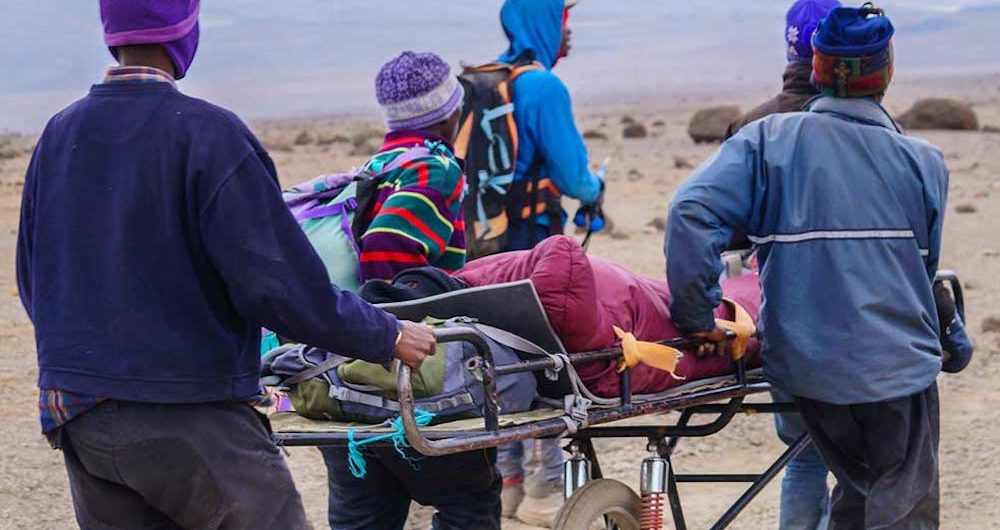
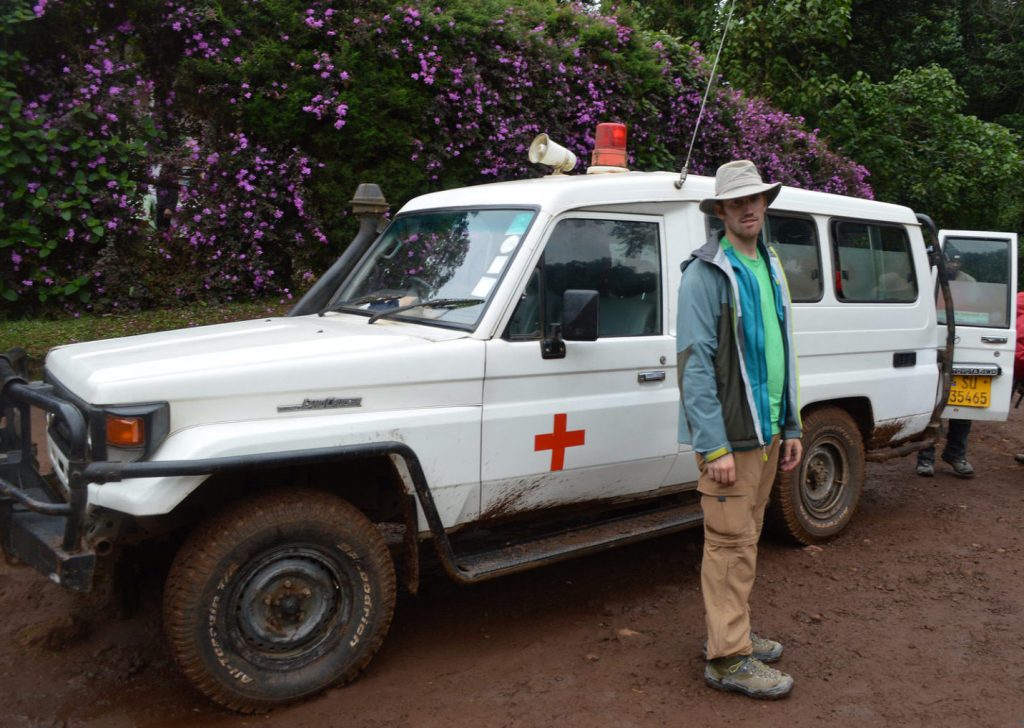 Occupation hazards happen everywhere in the world, and the same applies to Mount Kilimanjaro. Some of how you can avoid tragic moments like death include the following:
Occupation hazards happen everywhere in the world, and the same applies to Mount Kilimanjaro. Some of how you can avoid tragic moments like death include the following: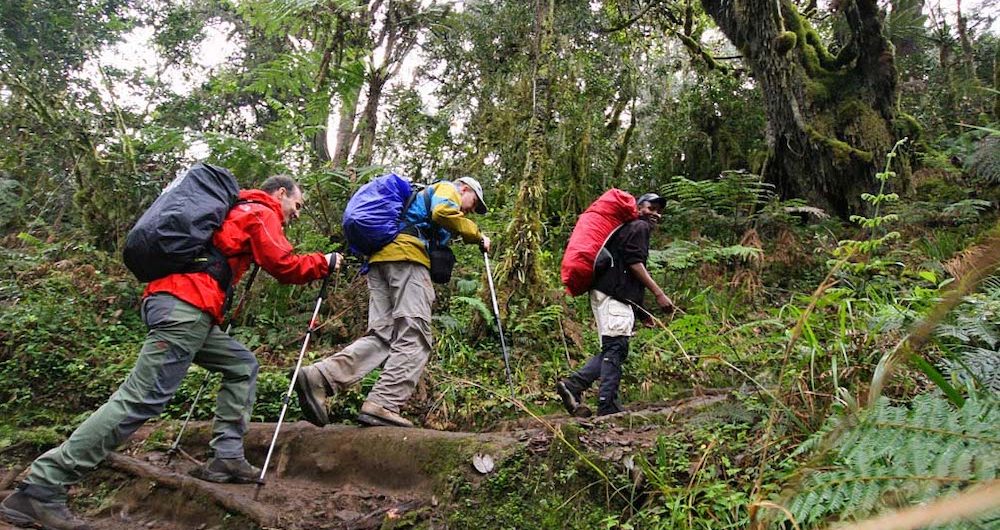
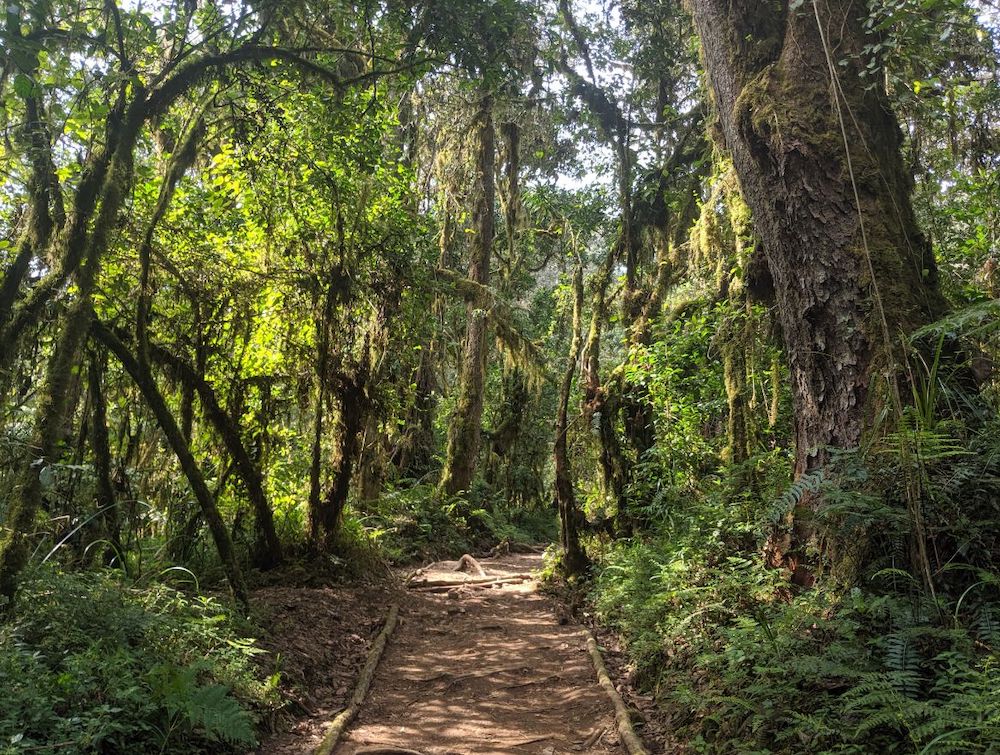 This is commonly known as the Coca-Cola route (because Coca-Cola soda used to be sold in all the dormitory huts along the route) or the tourist route due to its popularity among tourists because many believe that it is the easiest route on Mount Kilimanjaro. The Marangu route is the oldest and the only route on the mountain that has dormitory-style huts, unlike others where only camping can be carried out.
This is commonly known as the Coca-Cola route (because Coca-Cola soda used to be sold in all the dormitory huts along the route) or the tourist route due to its popularity among tourists because many believe that it is the easiest route on Mount Kilimanjaro. The Marangu route is the oldest and the only route on the mountain that has dormitory-style huts, unlike others where only camping can be carried out.